Project Overview This project aims to create an edge AI module running a Linux system, combined with a camera, primarily focusing on AI vision applications. The module is divided into two parts: the main control core board and the peripheral board.
What main control chip or circuit is used? --------- Materials Core board basic composition: The main controller uses Allwinner H6 (1.8GHZ, V200-AI), memory uses Samsung K4E6E304E series LPDDR3 (2GB), plus Samsung EMMC(8GB) and power management chip AXP805, as well as related resistors, capacitors, and inductors. The core board uses a golden finger interface to connect with the peripheral board.
The basic composition of the peripheral board: USB TYPE-C power supply for the core board and peripheral board, related DC-DC step-down modules, several control buttons, wifi module (currently using RTL-8723BU, planning to switch to MT series later), TF card slot, OV5640 camera module. A TPU module (4TOPS) will be added later for AI computation acceleration.
What has been created? ----------------------------- Product By combining the core board and peripheral board, this project can serve as an edge AI processor, running a Linux Sunxi mainline system, equipped with TPU neural network computation acceleration, used for deep learning and computer vision applications.
What functions have been implemented? -------------------------- Features Currently, the core board has successfully and stably running Linux sunxi-5.10.75 system, with normal chip heating (compared to Orange Pi equivalent boards), normal DDR memory frequency, normal TF card system image loading, successful WiFi connection enabling SSH and other functions, and system interaction through serial port. Currently debugging the device tree part of the camera module, and camera test results are expected to come out soon.
What are the potential applications? -------------------- Applications The applications are extensive. As far as I know, it is very hard to find an easy-to-use, easy-to-learn, and efficient-to-run edge AI module in the current market that can run AI vision applications. Our board is mini-sized and powerful and will provide detailed technical documentation and guidance, making it convenient to deploy in smart homes, IoT, robotics, and other fields.
 TripleL Robotics
TripleL Robotics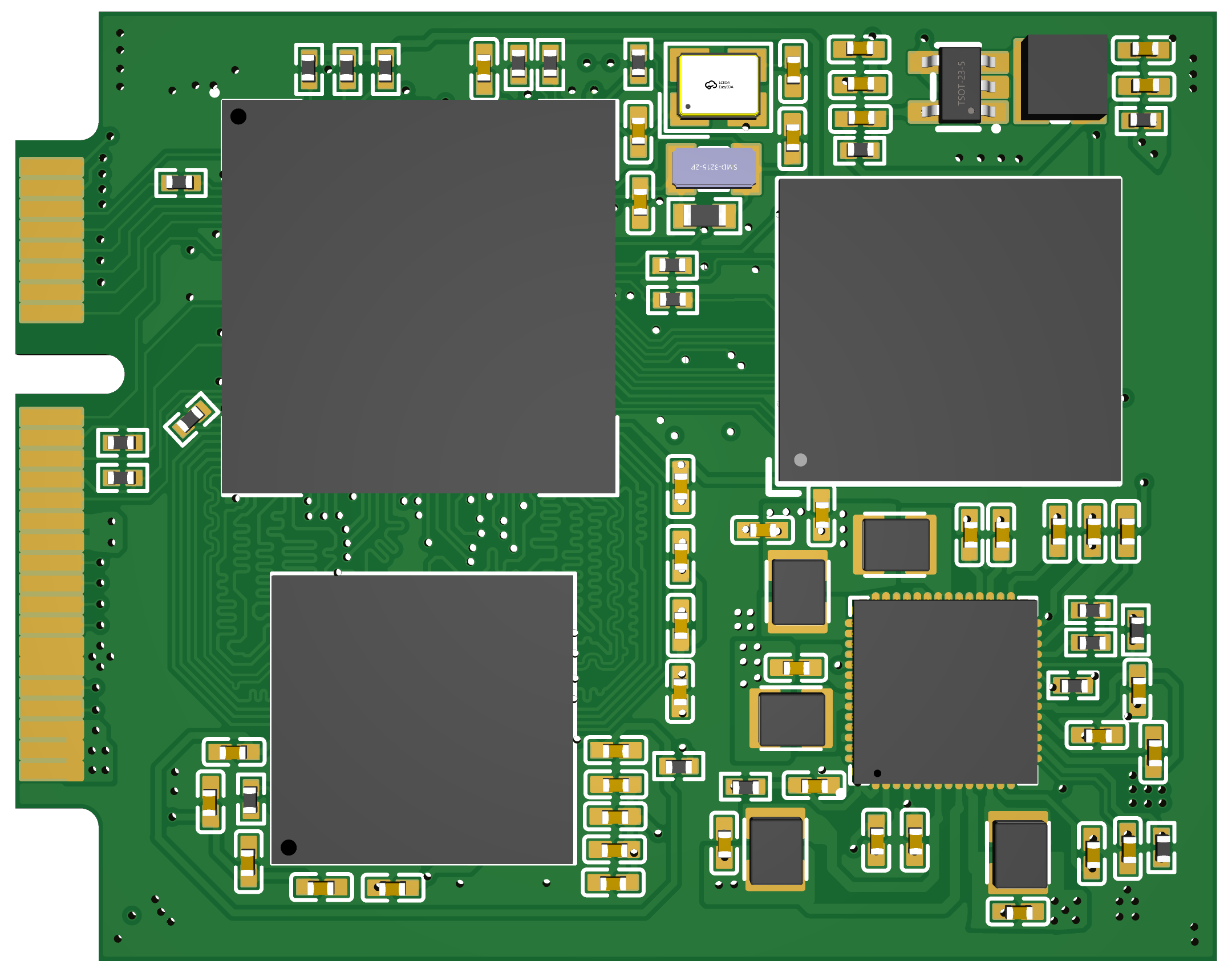
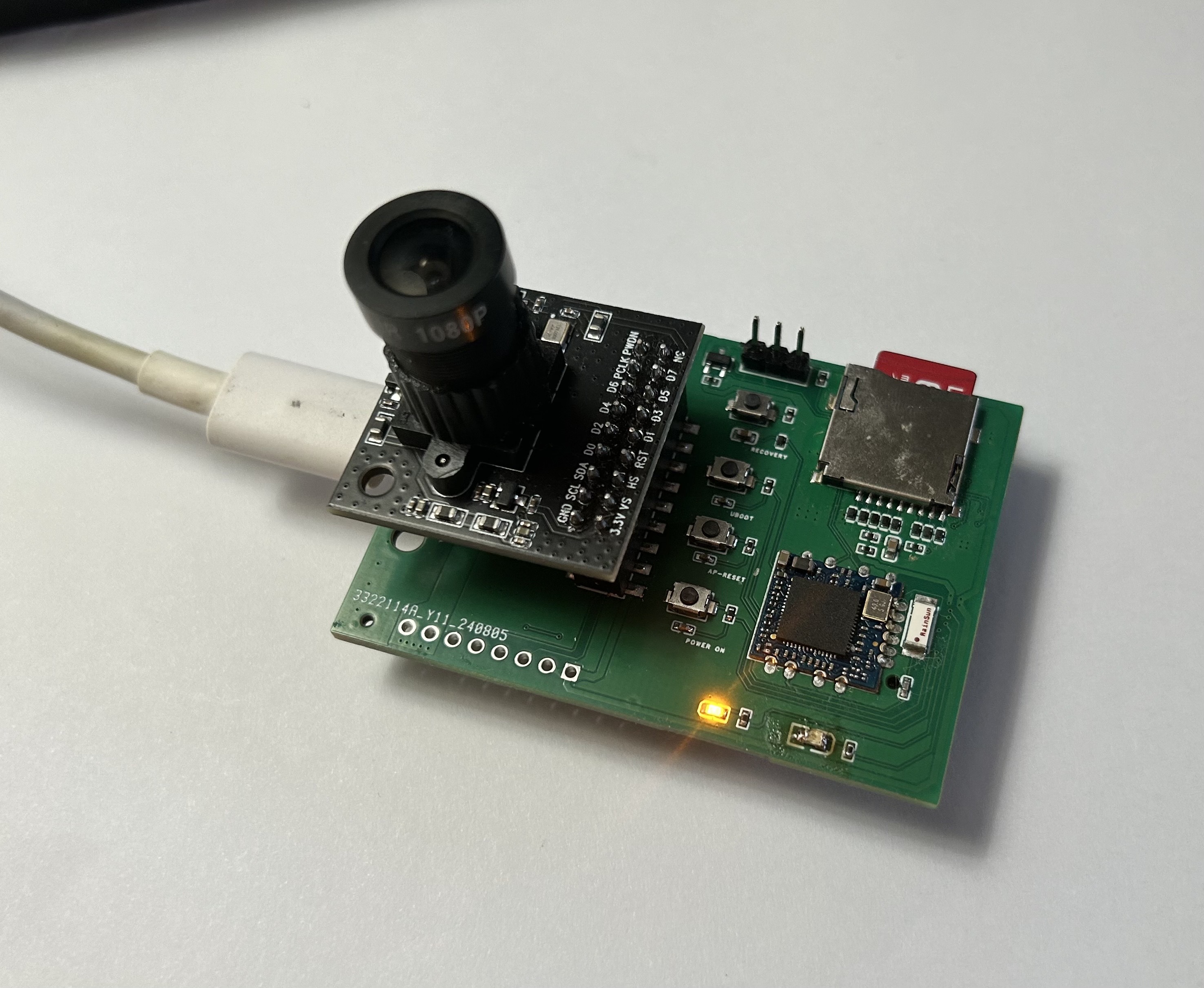
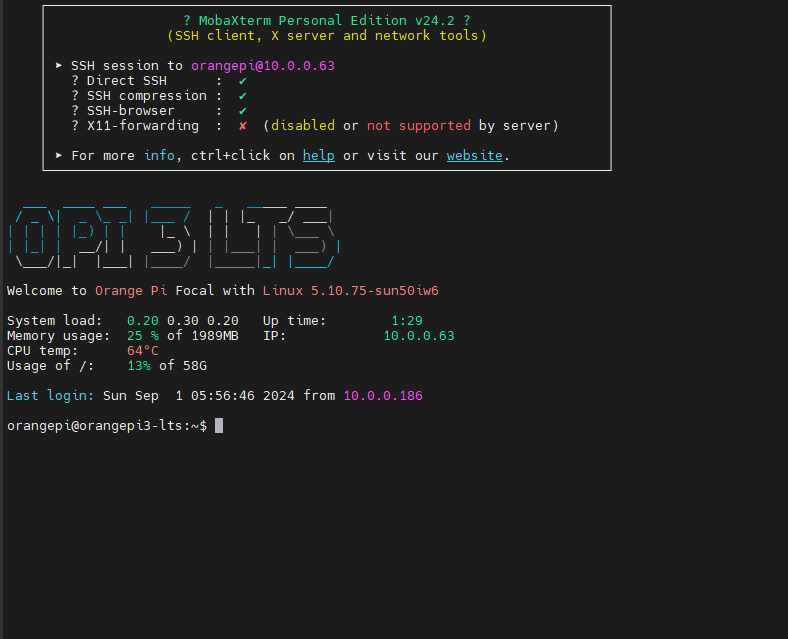
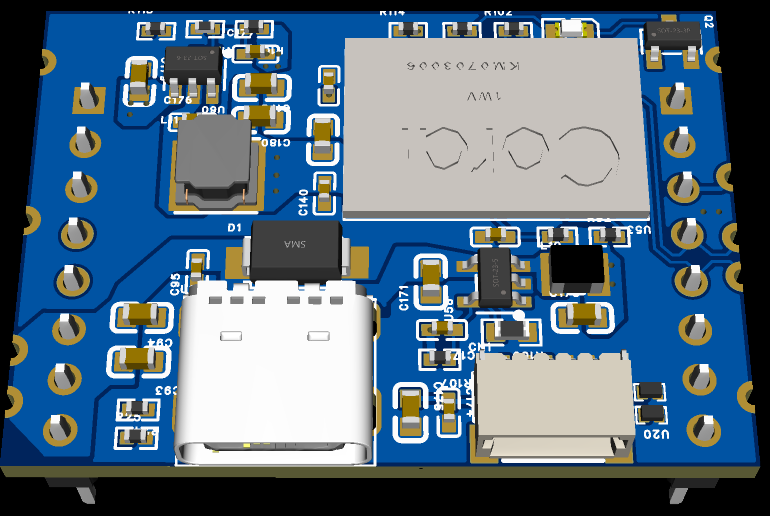
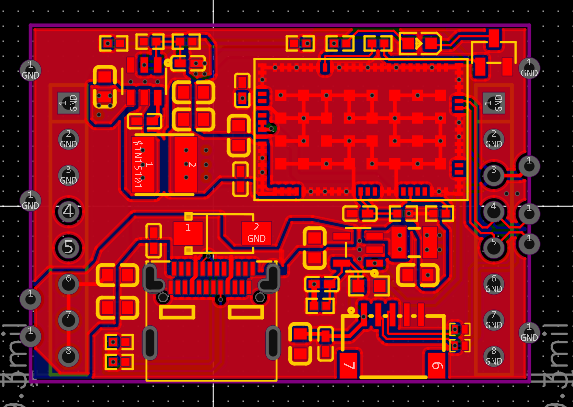
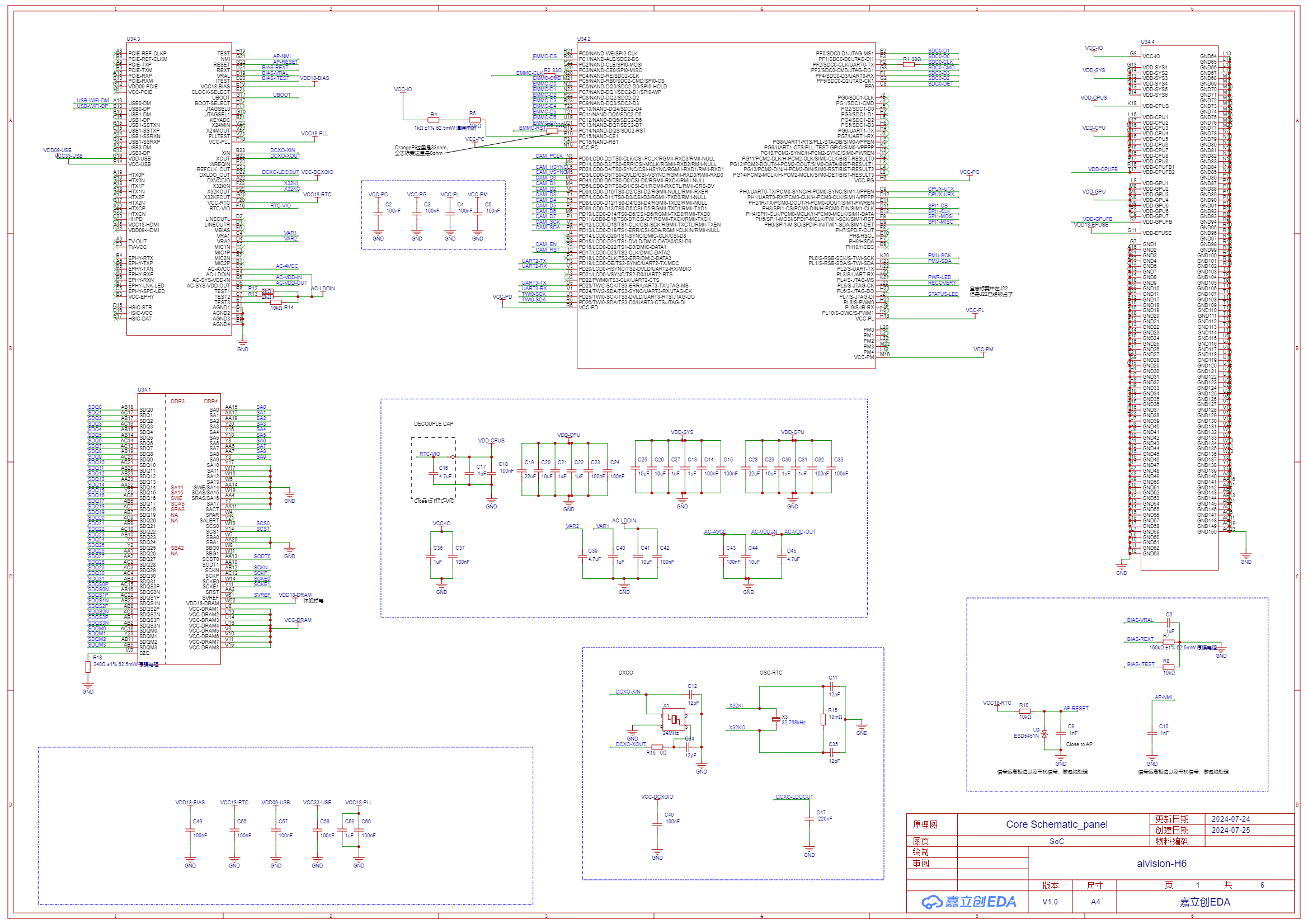
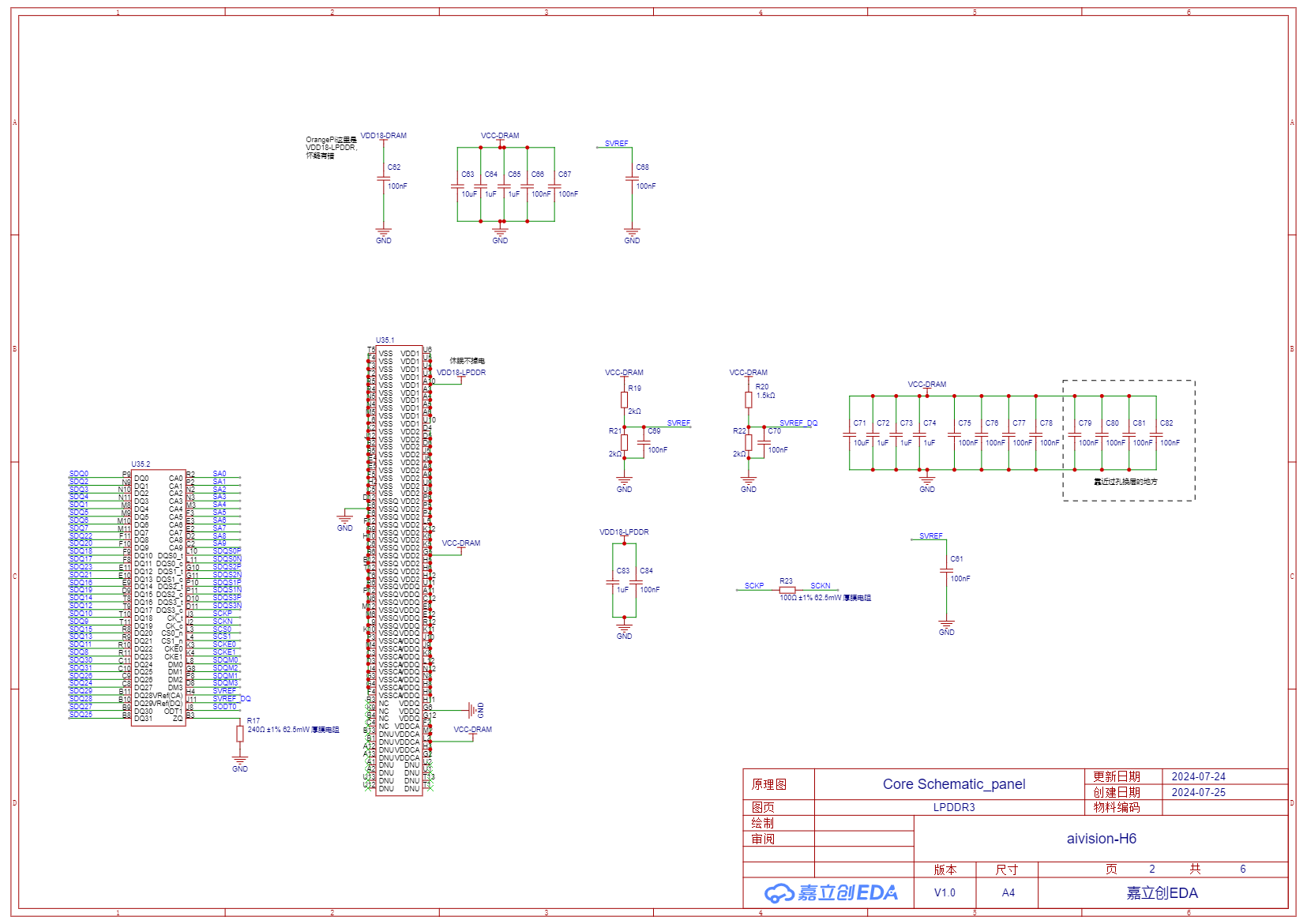
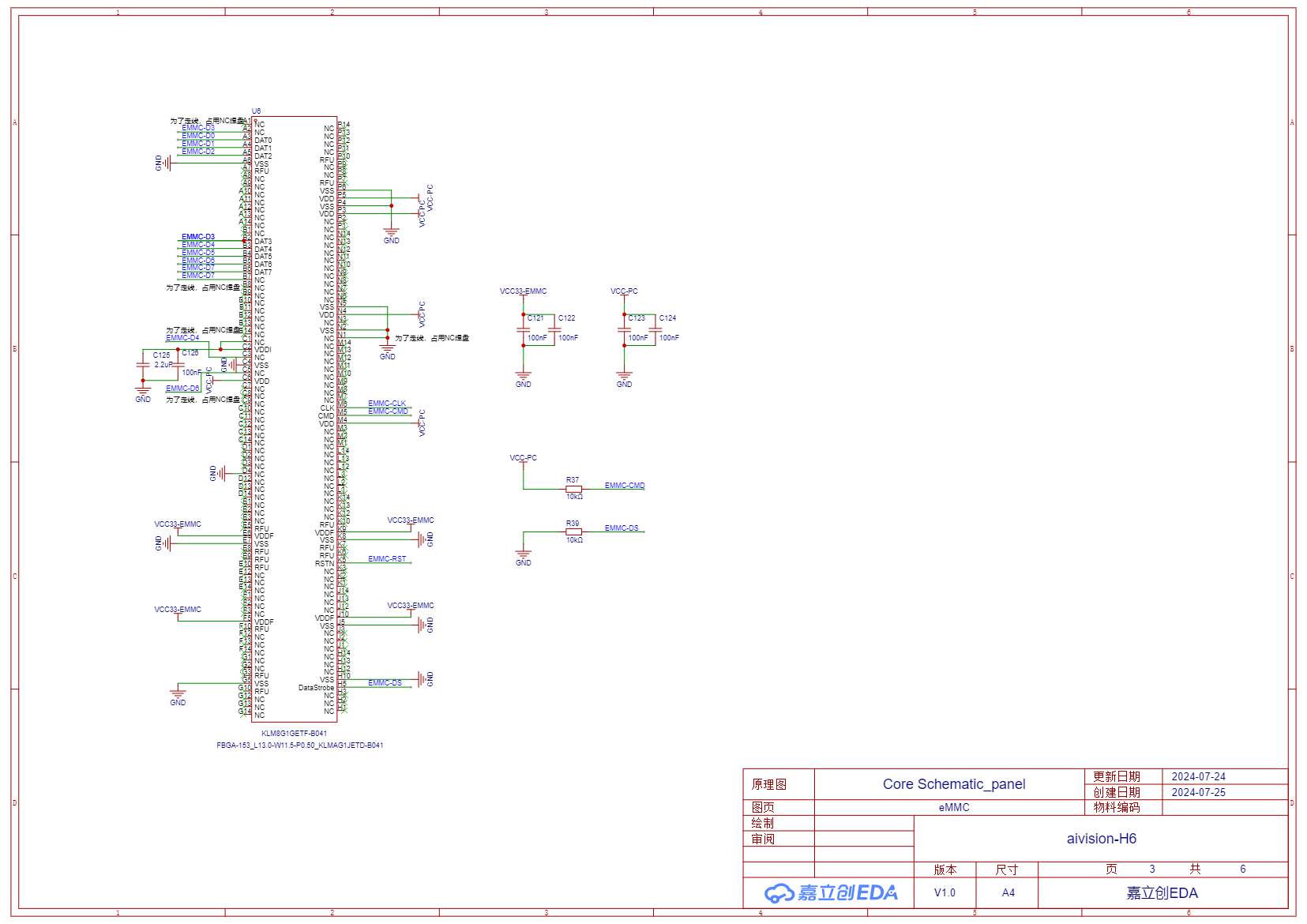
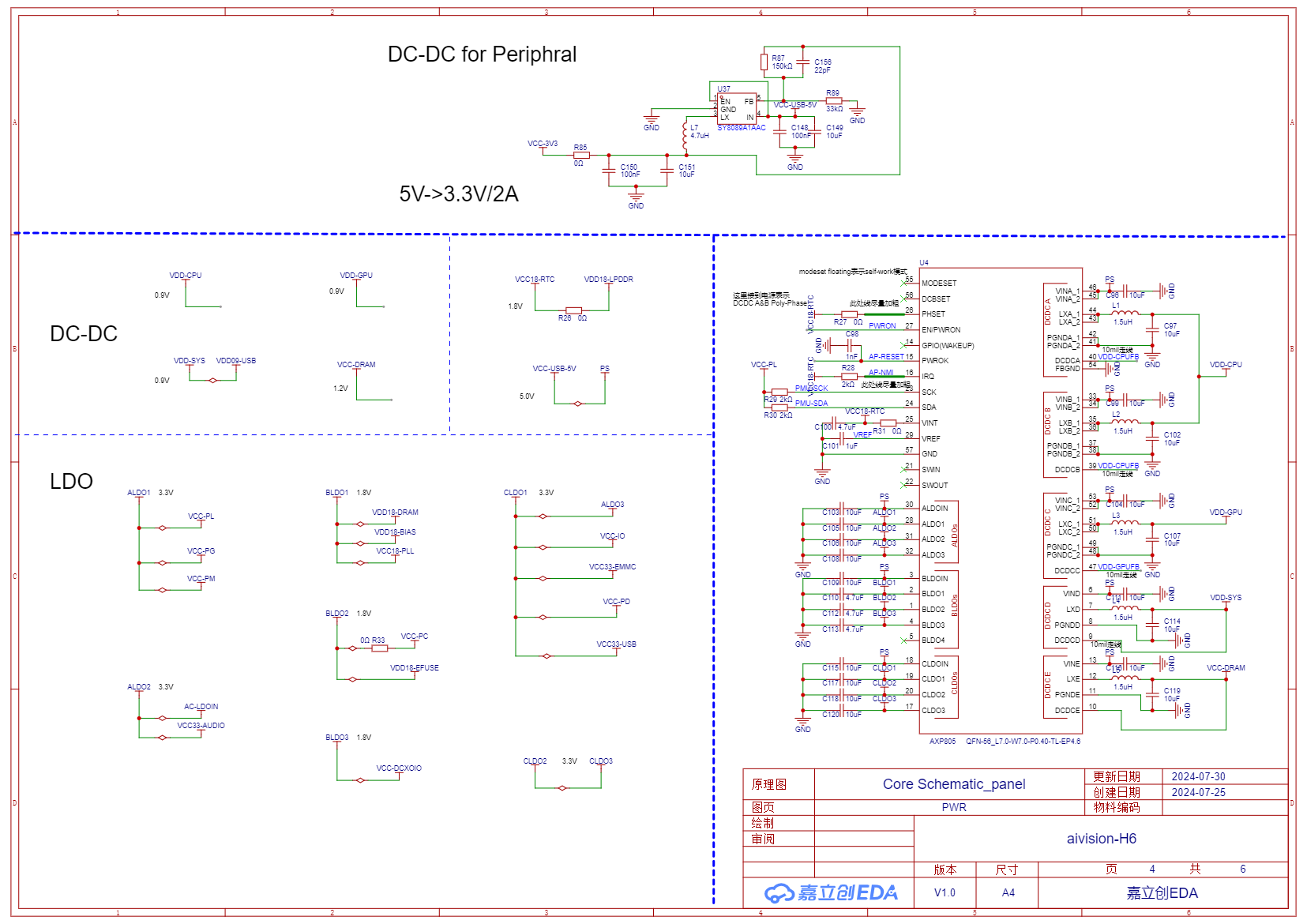
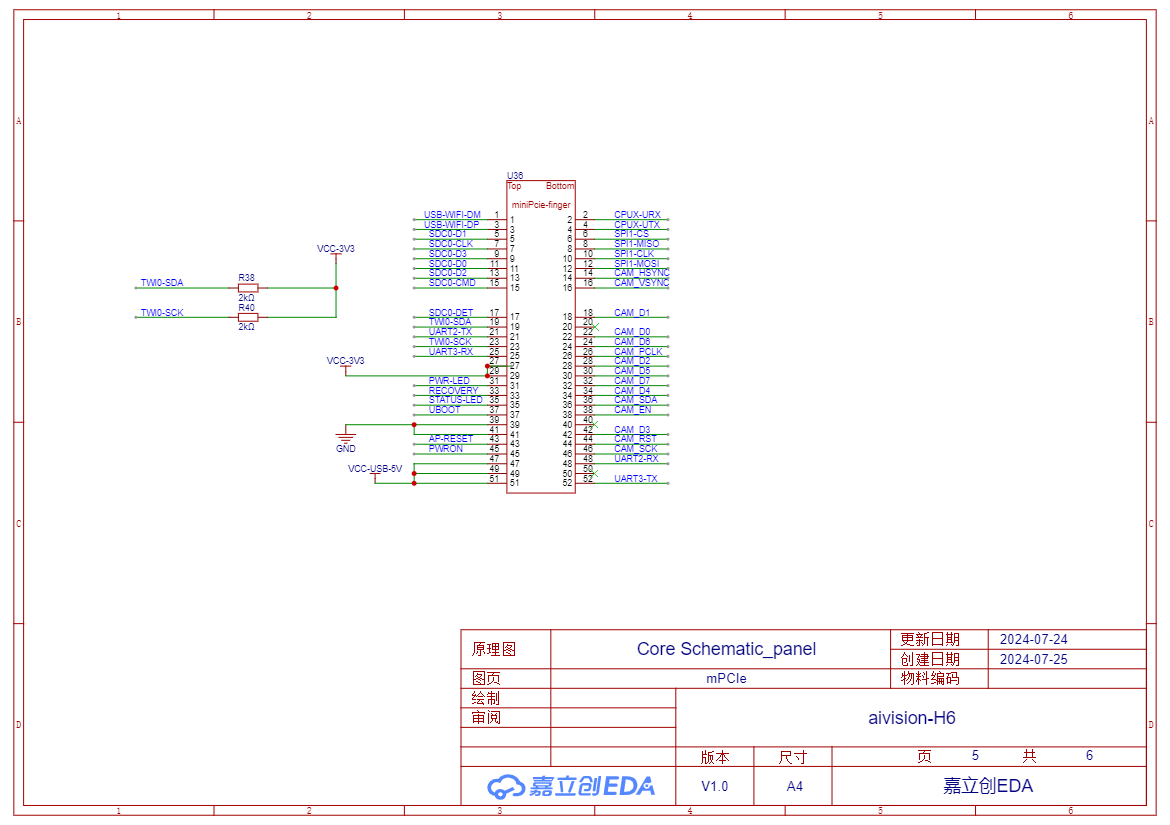
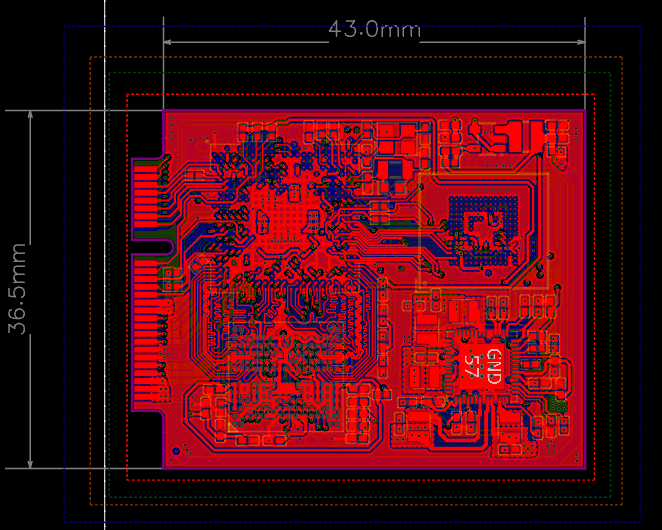
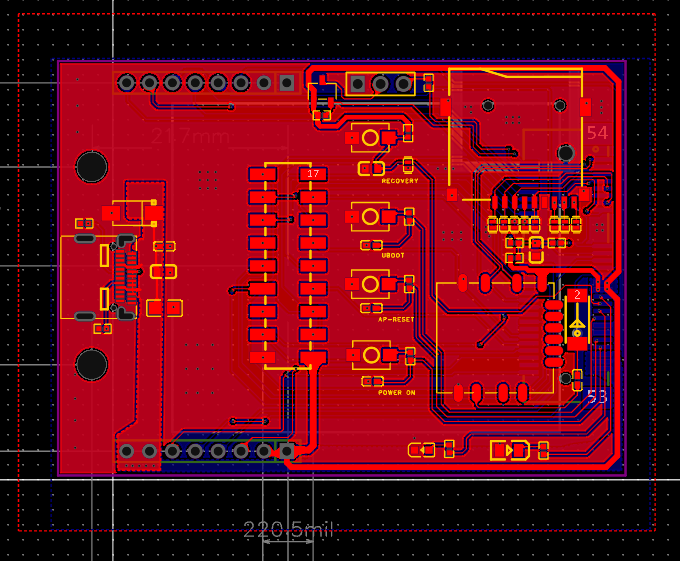
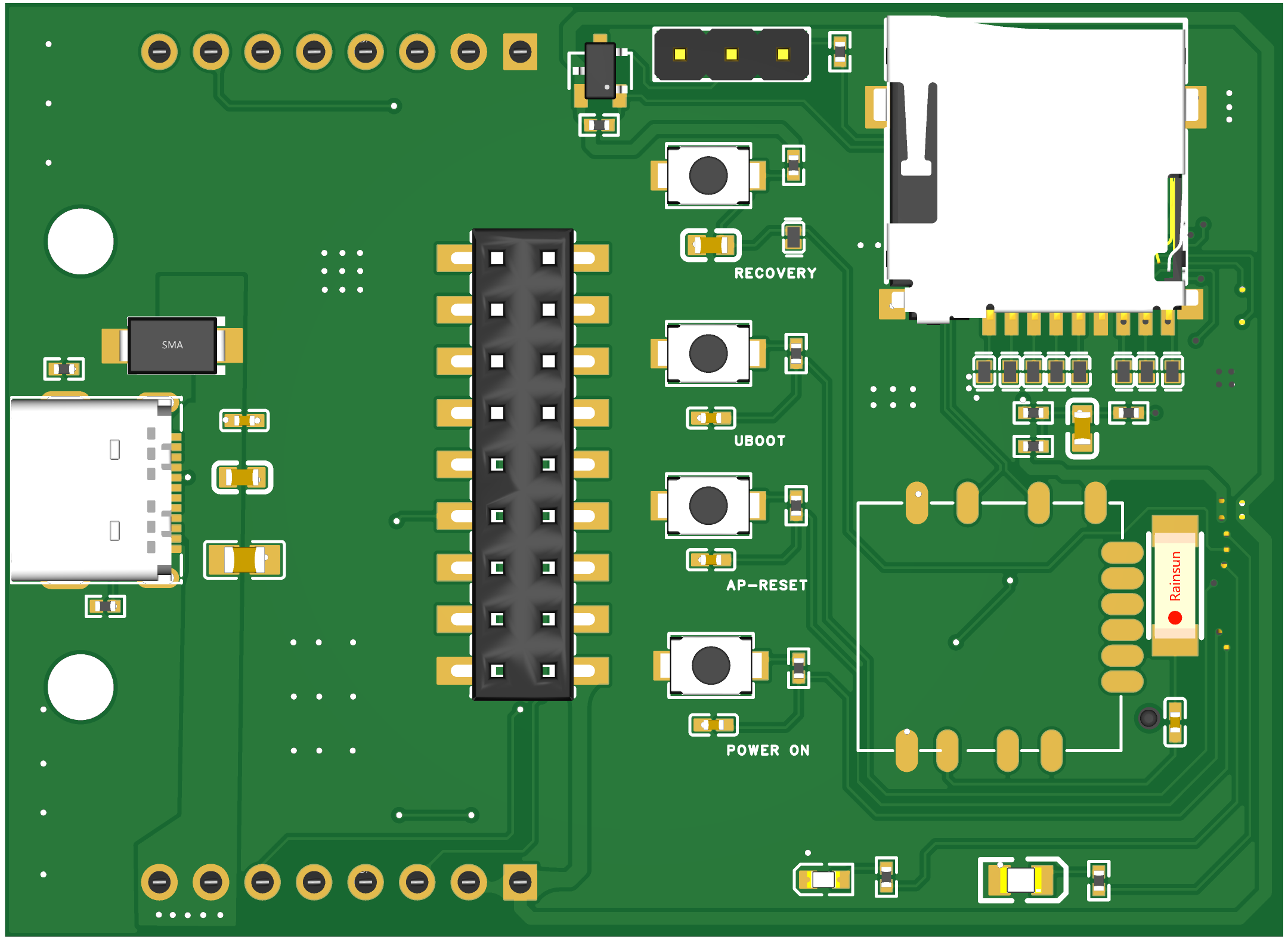
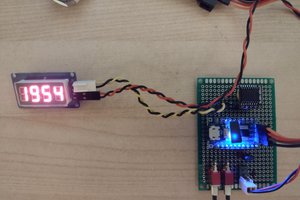
 Ken Yap
Ken Yap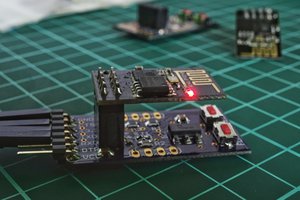
 Cristian
Cristian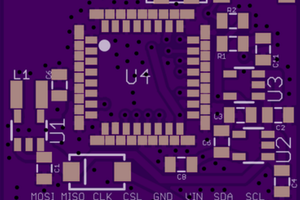
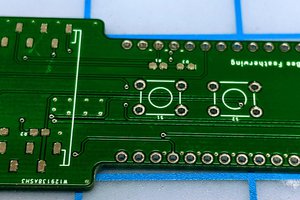
 Sai Yamanoor
Sai Yamanoor